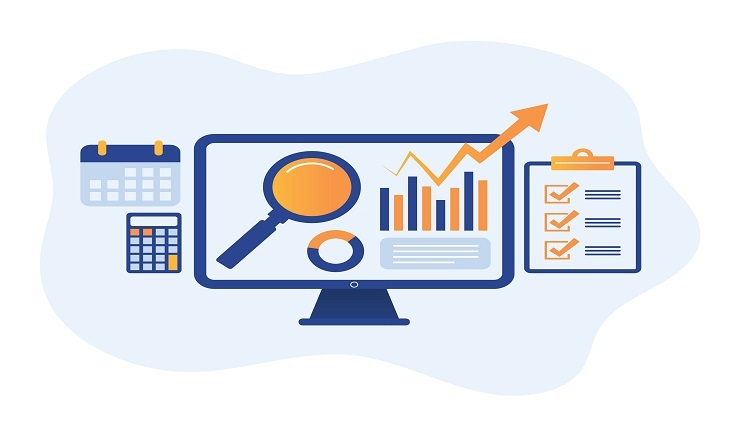
NSMX offers exhaustive internal data processing, cleaning, analysis and open ended coding services.
Data preparation includes thoroughly checking the data and inspecting each questionnaire or observation form. Verification ensures that the data from the original questionnaires have been accurately transcribed and meaningful information has been collected. We are able to accommodate imported data from nearly any source (ASCII, Binary, SPSS, Excel, Dimensions). Our centralized data refinement allows us to immaculate, validate and export the sample data for excellent reporting that will allow clients to identify emerging trends.
Open ended coding – We know the qualitative aspect of the research. Through Open ended coding services NSMX enable market research organizations to effectively analyse and comprehend customer responses, and draw rich and actionable insights. We leverage a proprietary suite of unique Artificial Intelligence tools to derive and analyse explicit as well as latent information within open-ended customer responses. We have extensive experience in preparing listings, code frames, verbatim typing, verbatim coding, open ended programming of ad-test, product test, and CAPI / CATI studies. Utmost care is taken to create netting or sub headings of the code frame so tables generated has decisive data.
Data processing in research is the process of collecting research data and transforming it into information usable to multiple stakeholders. While data can be looked at in numerous ways and through various lenses, data processing aids in proving or disproving theories, helping make business decisions, or even advancing enhancements in products and services. Data processing is even used in research to understand pricing sentiments, consumer behavior and preferences, and competitive analysis.
While it is a critical aspect of a business, data processing is still an underutilized process in research. With the proliferation of data and the number of research studies conducted, processing and putting the information into knowledge management repositories like InsightsHub is critical.

Data processing is the transformation of raw data into meaningful information through various techniques and methods. It involves a series of actions or steps to clean, organize, analyze, and interpret data to extract useful insights and support decision-making. Data processing is a fundamental component of data management and is essential in a wide range of fields, including business, science, research, and technology